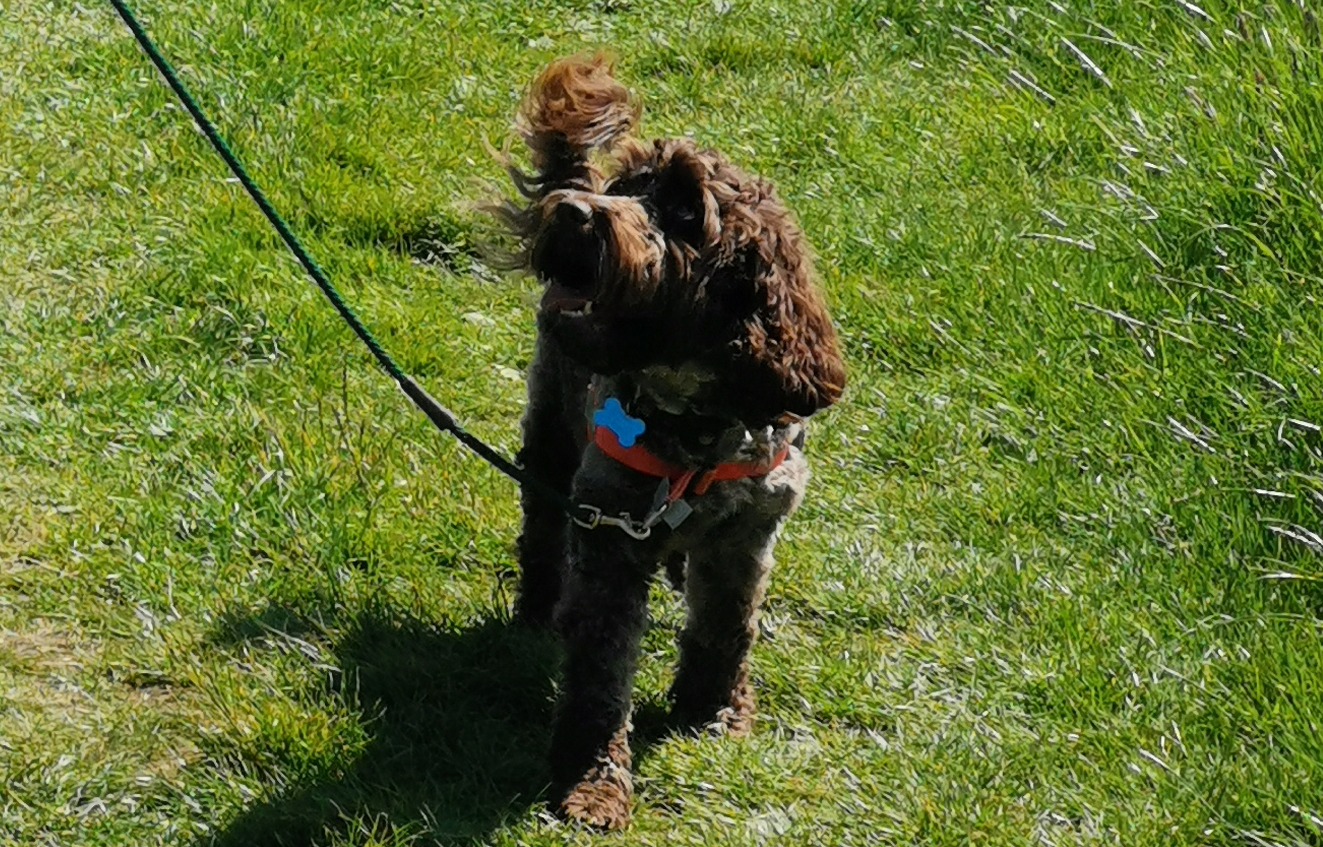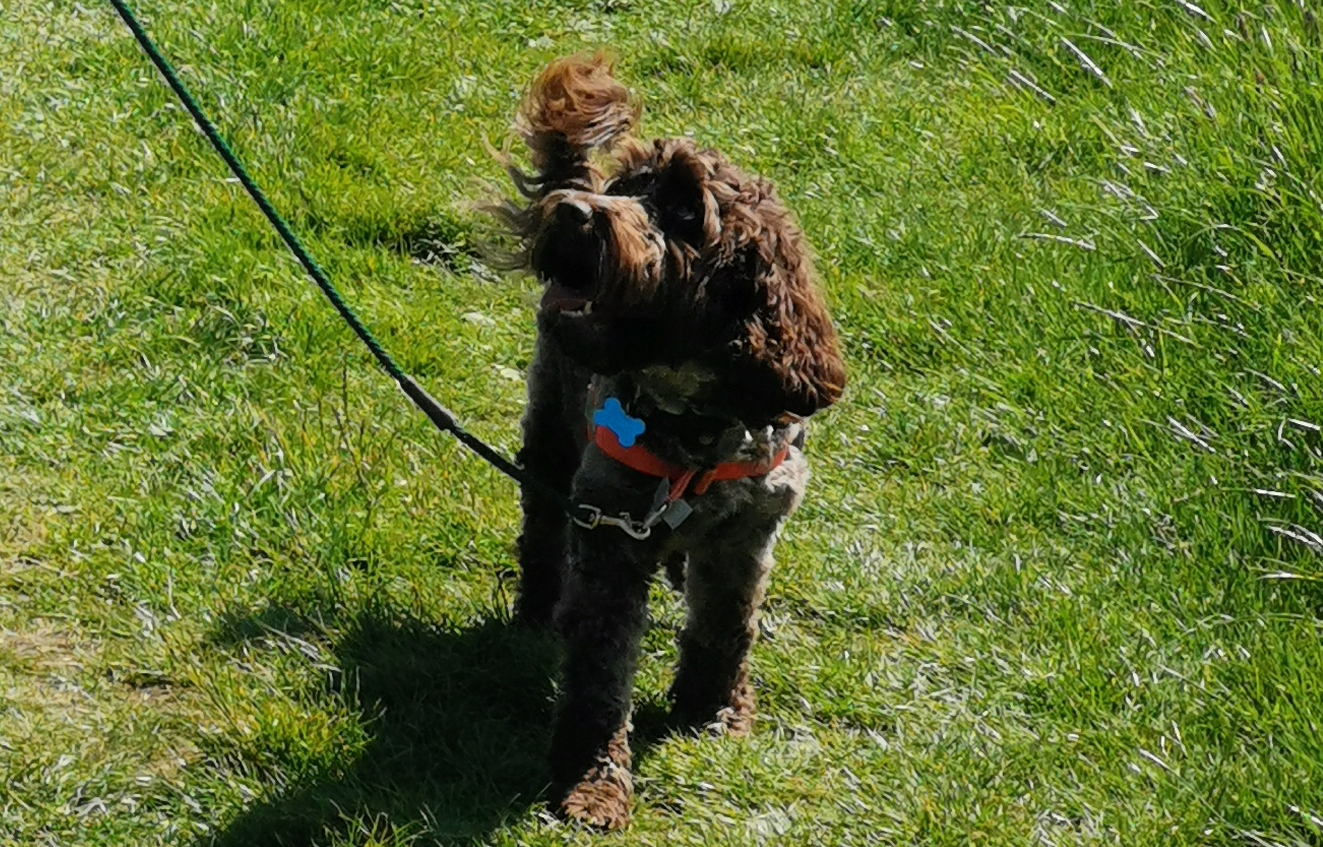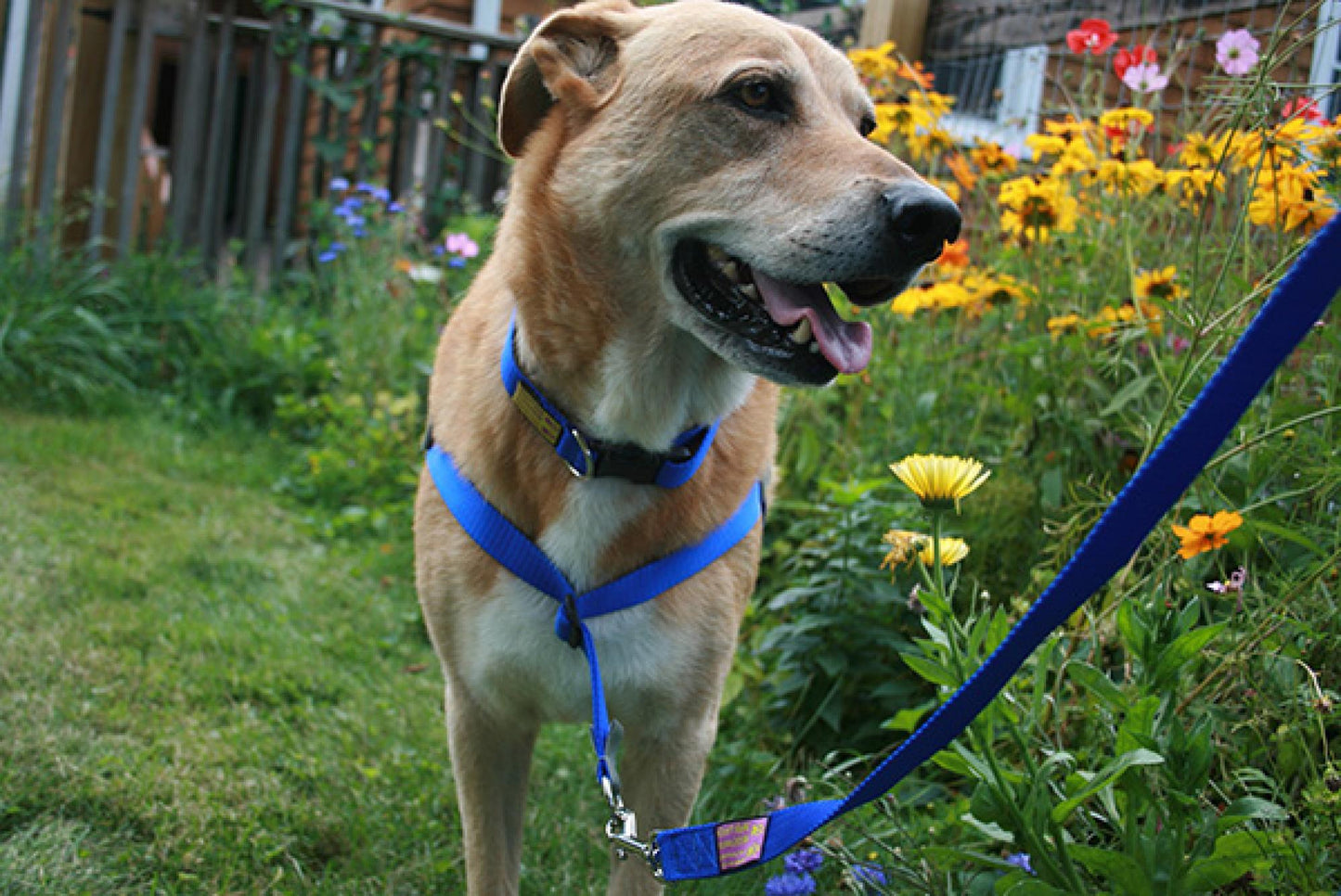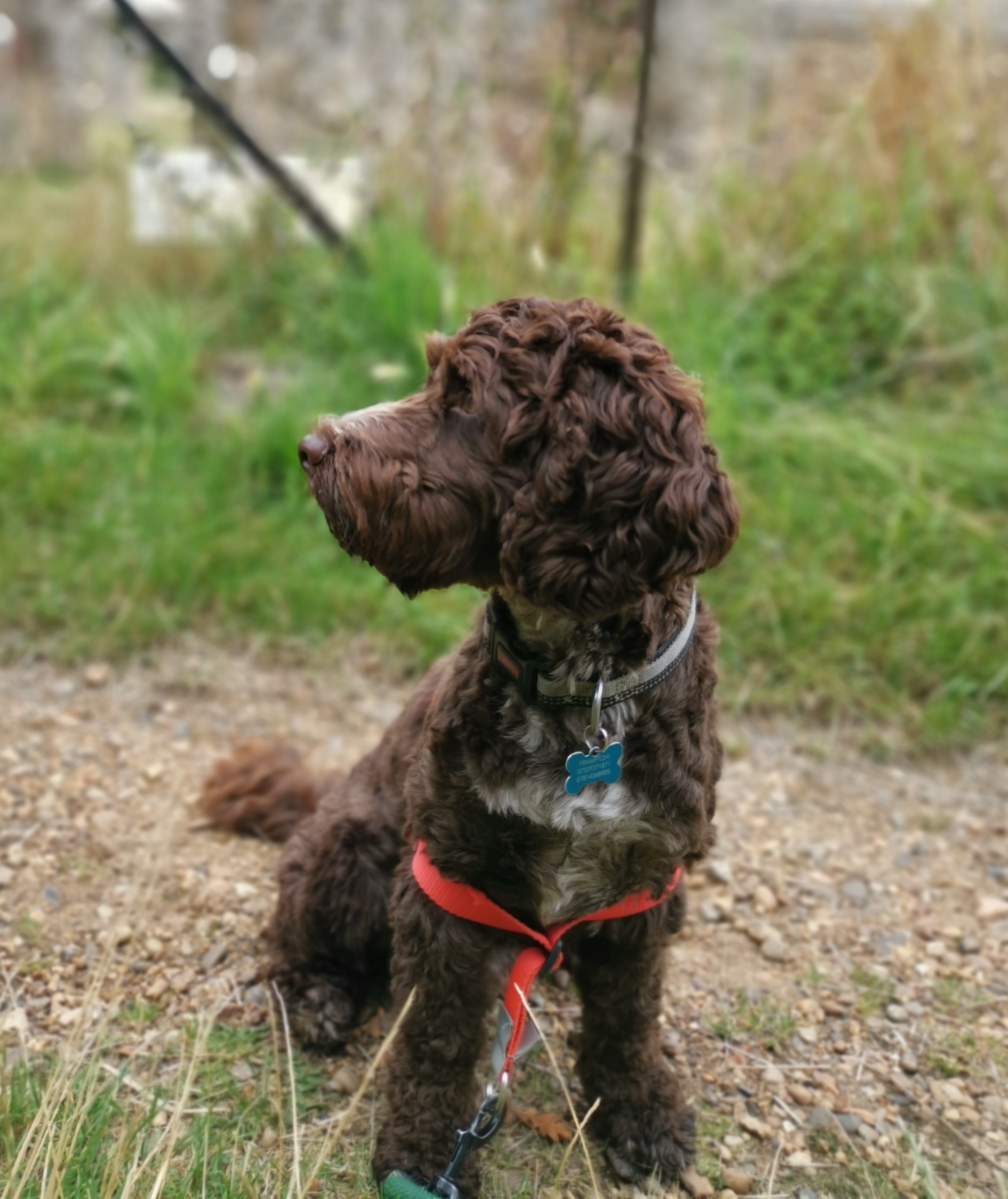A research headed by a canine scientist at Nottingham Trent University investigated the possible impact of tugging on the dog lead and the resulting strain on the neck using a variety of collar-types and styles. Full article
A canine cylinder neck model with a pressure sensor was used to test the dog collars and a dog lead. A firm pull (40 Newtons), a strong pull (70N), and a jerk (141N) were given to the lead to depict distinct interactions, with the contact area of the collar and the pressure on the neck being measured.
The study, which included the University of Nottingham, discovered that the pressure imposed on the model's neck would be sufficient to cause harm to the dog with any of the collar types and styles tested—even those that were cushioned or had a broad fitting.
Lead jerks on the collar can occur when dogs on extendable leads come to an abrupt stop, when a dog lunges on a lead, or when the handler 'corrects' the dog. According to the researchers, because all collars carry some danger, dogs should be educated to walk on a free lead without tugging, or walked with a no-pull dog harness that puts no pressure to the neck.
"All varieties of dog collars have the potential to inflict injury when the dog tugs on the lead," said Dr. Anne Carter, an animal, rural, and environmental sciences researcher at Nottingham Trent University. While collars are commonly used to identify a dog or indicate ownership, they are also regularly used to connect handler and dog and to enable control, restraint, or mobility. If the dog pulls on the lead, even the 'best' collar puts too much strain on the dog's neck, threatening harm. We recommend that ID tags be displayed on collars, and that dogs be walked on a dog harness or loose lead to avoid any strain on the neck.
Dog collars are not suggested as a method of control for any dogs that may pull on the lead.
Owners frequently report that their dog pulls on the lead when excited to go for a walk. The outcomes of this study emphasise the amount to which all collars push on the delicate tissues of dogs' necks when the lead is tightened. As a result, we recommend that owners attach a lead to a well-fitting dog harness, especially if their dog is prone to pulling on the lead during walks or if they use a long line.
Walks are also more enjoyable for both the pet and the owner when dogs are taught to walk calmly on a loose lead. Taking the effort to train your dog that he or she can travel to the park without dragging can save you a lifetime of strained arms as well as potential dog harm.
We recommend Walk Your Dog With Love - No Pull dog harness combined with our online training material for teaching your dog to walk on a loose lead utilising a reward-based method.










